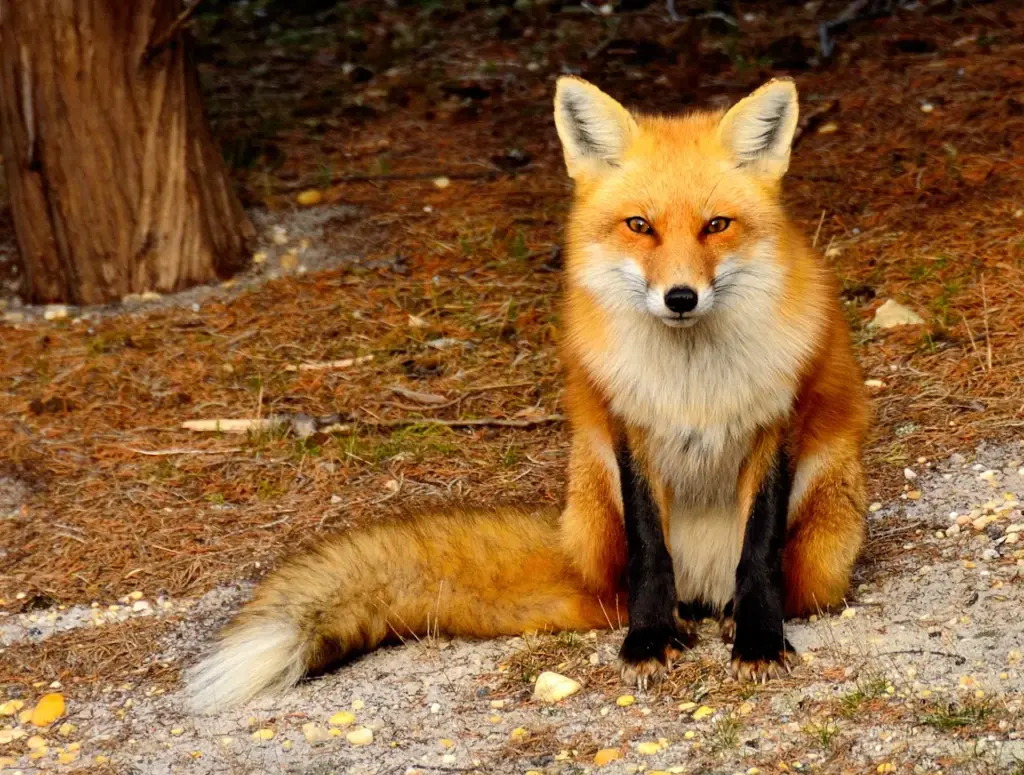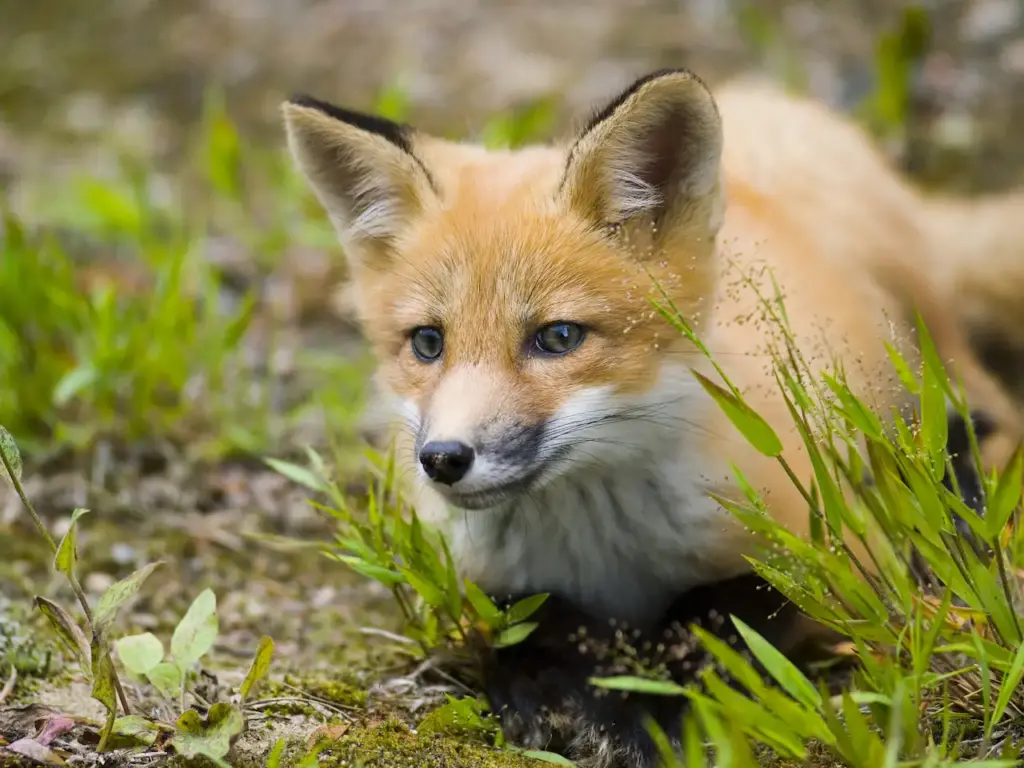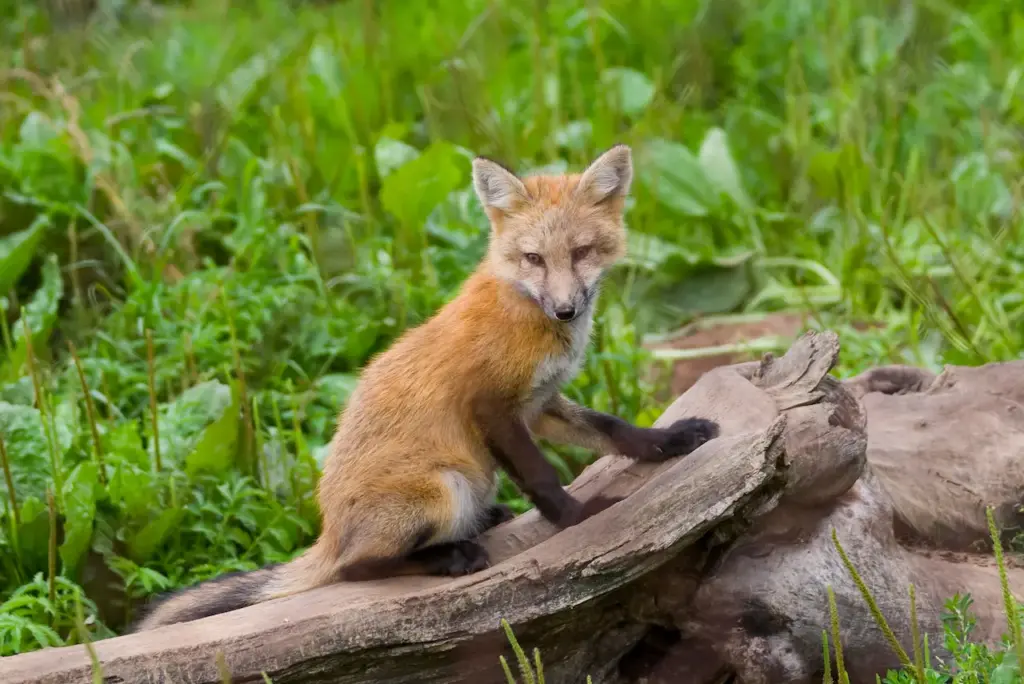Foxes hold an intriguing place in many cultures as clever, opportunistic animals that inhabit the fringes of wilderness and civilization. But even these adaptable predators have natural enemies that prey upon them in the wild. This article explores what eats foxes and how these predators hunt and consume them.
With thick fur, keen senses, and speed, foxes employ cunning and caution to survive across diverse habitats. But a range of larger carnivores, birds of prey, and opportunistic hunters still threaten foxes as potential food. Examining these dynamics provides insights into the interconnected food webs and survival strategies of predators at different levels of the hierarchy.
While not an exhaustive list, this article profiles the most common fox predators around the world. It looks at how biological attributes and learned behaviors enable them to catch and feed on foxes in order to sustain themselves. Gaining perspective into fox mortality factors can deepen appreciation for the constant precariousness these medium-sized predators navigate in the wild.

Built for Stealth and Opportunity
To understand what eats foxes, it’s useful first to examine their biological adaptations. Foxes belong to the dog family Canidae but form their own taxonomic group, comprising over 40 species worldwide. Most have elongated snouts, bushy tails, slit pupils, and sharp teeth, though anatomical details vary by habitat.
Compared to wolves, foxes are smaller predators with more omnivorous diets spanning small mammals, birds, insects, fruit, and even scavenged human food. Most fox species lead predominantly solitary lives and hunt more by stalking than chasing prey over long distances.
Their sandy or rufous-colored fur provides effective camouflage in brush and deserts. Large pointed ears give foxes sharp hearing to detect prey rustling underground or under snow. Foxes have excellent night vision and a keen sense of smell to track and pounce on small animals.
These physical and behavioral adaptations allow foxes to survive in the shadow of larger carnivores. But some particularly lethal predators still pose constant threats as the most common fox eaters worldwide.
Coyotes Overpower and Outnumber
The coyote is a major fox predator across overlapping habitats in North America. As fellow canids, coyotes directly compete with foxes for food sources and den sites. An adult coyote can easily overpower and kill a fox in a one-on-one encounter.
Coyotes hunt singly and in breeding pairs or small packs. Working together, they can isolate and wear down a fox through harassment and relay attacks. Some coyotes even specialize in fox hunting by patiently tracking them back to their dens. A fox caught outnumbered stands little chance of escaping a coyote ambush.
Beyond direct kills, coyotes limit fox populations through dominance. Their presence alters fox feeding and movement habits to avoid encounters. Foxes may abandon dens preemptively if coyotes move into the area. And coyotes will readily kill fox kits left unattended. Between active predation and intimidation, coyotes significantly influence fox mortality and reproduction rates.
Birds of Prey Spy From Above
Soaring high above hunting grounds, birds of prey or raptors swoop down to snatch unsuspecting foxes. The largest raptor species pose the greatest danger with their massive talons and wingspans over 7 feet wide.
The golden eagle inhabits areas across the Northern Hemisphere where foxes are common prey. With keen eyesight, golden eagles scan for foxes in open terrain from over 1,000 feet up. Accelerating into a dive, they can strike a fox before it has time to react and attempt escape. The eagle’s razor-sharp talons deliver a crushing, piercing blow.
Other large raptors like wedge-tailed eagles in Australia, Steller’s sea eagles in Asia, and crowned eagles in Africa similarly prey on foxes when the opportunity arises. A fox distracted while foraging presents an inviting target for these aerial apex hunters.

Wolves, Lions and Hyenas
As fellow Canidae family members, wolves pose obvious dangers to foxes through direct competition and predation. An adult grey wolf can weigh over 80 pounds compared to a fox at 10 to 15 pounds. Wolves hunt in close-knit packs that give them offensive advantages over lone foxes.
But wolf predation on foxes tends to be opportunistic. They will readily kill foxes trespassing on their hunting grounds or when starving. But with wolves focused on large prey like deer and elk, foxes are less commonly targeted as food.
Still, the wolf’s size and strength make encounters often fatal for foxes. Large African predators like lions and hyenas likewise prey on foxes when available yet favor bigger game. Lions ambush foxes drawn close by food scraps and sounds of conflict.
Snakes Employ Stealth and Surprise
For a small predator like the fox, big constrictor snakes pose a stealthy threat. Lying in ambush, pythons, anacondas, and boas attack with lightning speed to trap foxes in inescapable coils.
The reticulated python of Southeast Asia poses the greatest danger at over 20 feet long. From low branches or tangled undergrowth, they drop onto passing foxes, immediately constricting tightly around the torso. The snake’s powerful muscles rapidly suffocate and subdue foxes for consumption.
Boa constrictors inhabit forests in Central and South America, where they similarly surprise attack foxes and other small mammals. Once gripped in coils, the fox’s fate is sealed. Snakes complete the kill through suffocation before swallowing foxes head first. Their flexible jaws allow snakes to eat prey even slightly bigger than their head by stretching around the dimensions of their meal.
Human Impacts Take a Toll
While not active predators, humans have an outsized impact on global fox populations through hunting and habitat loss. Red foxes are still widely trapped and hunted for their fur. Farmers also kill foxes perceived as poultry predators. Vehicle collisions are increasing sources of mortality as development expands into fox habitats.
Introduced species like cats, rats, and invasive canids compete with native foxes and fill niches previously unoccupied. Disease outbreaks propagated by domestic animals also threaten wild fox health. Pollution and climate change degrade ecosystems relied on by foxes for survival.
While indirect, human activities significantly disrupt the fragile balance of risks and rewards in fox existence. Their ability to adapt may be continually challenged under pressures that intensify alongside humanity’s growing planetary dominance.
Disease Takes an Invisible Toll
While less visible than predators, the disease also claims many foxes live annually and can devastate populations. Canine distemper contracted from domestic dogs and cats is often fatal to foxes. Rabies conjures fear of foxes as vectors, yet more succumb to the virus.
Sarcoptic mange leads to severe skin infections, weakened conditions, and death from exposure and malnutrition. Internal parasites also undermine fox immune systems. From viruses to bacteria to parasites, invisible pathogens do silent but substantial damage.
Considering all the external dangers, disease represents yet another layer of persistent threat compounding the numerous challenges foxes continuously withstand just to survive from one day to the next.

Conclusion
What eats foxes reveals their vulnerability as mid-sized predators who are preyed upon in turn by competitors big and small. For all their cunning, foxes lead precarious lives contending with larger carnivores, aerial hunters, stealth killers, and the unpredictable impacts of humanity.
Yet foxes show resilience across environments from the Arctic to deserts to city outskirts. Understanding the threats they navigate provides insights into the ever-shifting dynamics of predator and prey relationships. Admiration for the fox’s resourcefulness only deepens knowing the diversity of dangers they skillfully evade, though not always escape. With environmental changes afoot, the fox’s ability to adapt and survive will continue to be tested.




